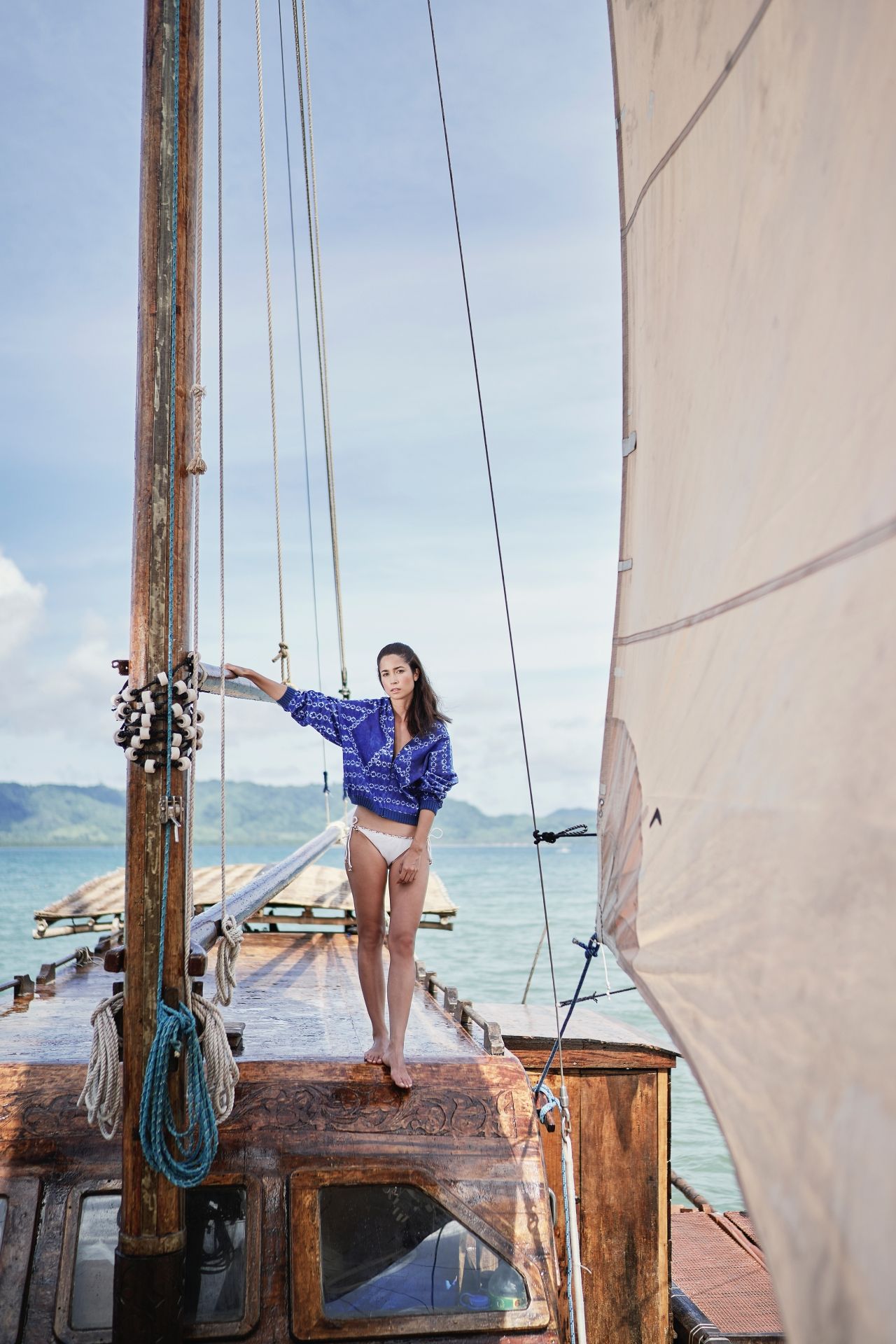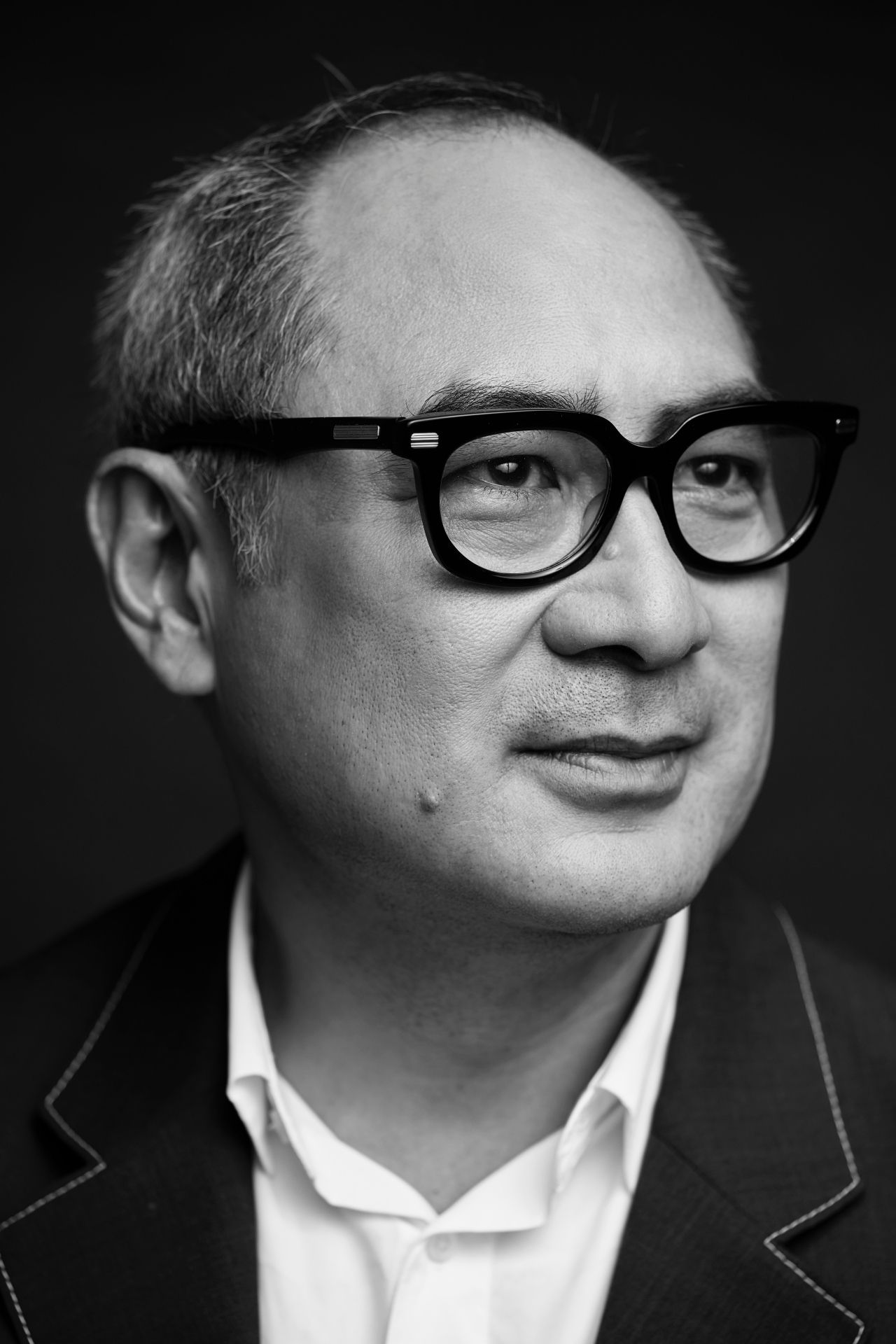Paco Guerrero is the co-founder of Grid magazine and Francisco Guerrero Photography; this freelance photographer and director specialises in telling stories
To capture any moment in history is priceless. Throughout his fruitful career, Francisco “Paco” Guerrero has immortalised many an emotion or memory in his perspective-changing documentary work or thoughtful editorial and commercial projects. As a travel photographer, director and skilled storyteller, he has demanded attention across the globe for the depth and the passion of his work. His images and videos have landed on respected local and international platforms such as Condé Nast, New York Times, Travel & Leisure and Monocle, as well as prestigious brands and organisations like The Peninsula Hotel group.
At the age of 12, Guerrero found his calling. Sitting at home one hot summer, he chanced upon a photography book of his father and flipped to a page with an iconic Cartier-Bresson image. “It was the first image I actually saw, not just looked at, but saw. I remember that evening I asked my dad if I could borrow the camera. I spent the next day taking pictures of chickens ... When I got the roll of film developed and looked at the images, that was it. I was hooked,” he says with a chuckle.












